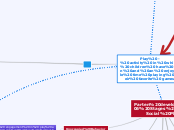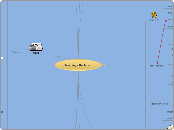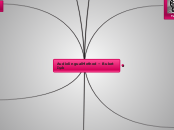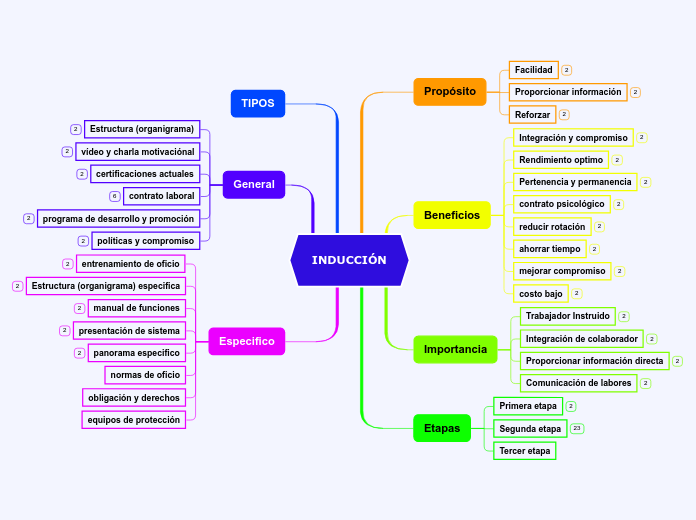によって Radu Costache 6年前.
268
Intro to Curriculum Concept Map Template Copy
Allowing children to engage freely in their environment fosters significant developmental benefits. Through unstructured play, children improve their negotiation and information-sharing skills, becoming more independent and proficient in problem-solving.









